Are you fed up with conventional treatments for your physical or mental health issues? Feeling like you are stuck in a never-ending loop of sickness, medication, and its side effects? Do you want to try something safe and cost-effective alongside the medical care that can help you heal faster? Then it’s time to know about Reiki and its healing power.
What is Reiki?
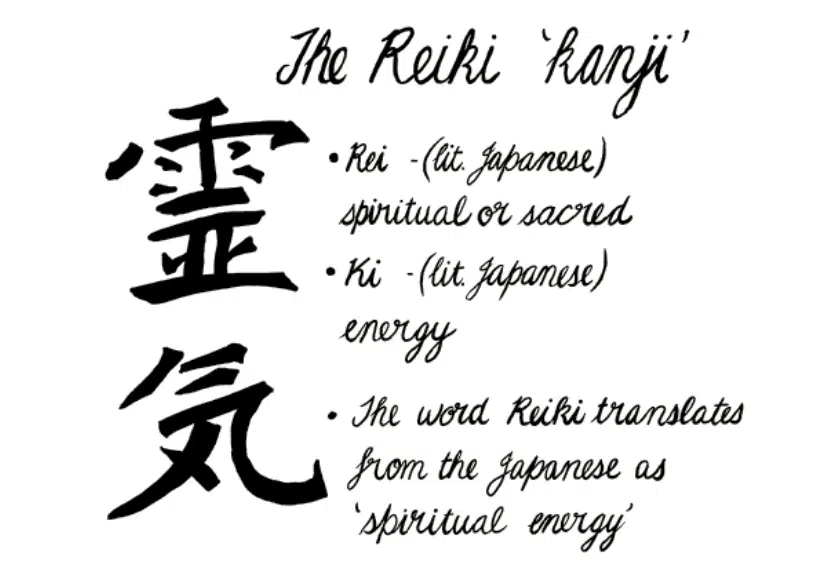
Reiki meaning – Reiki is an energy healing technique developed in the mid–1800s by Dr. Mikao Usui. Since then it is practiced in several parts of the world.
The term “Reiki” is derived from the Japanese words “rei” (universal) and “ki” (life energy) and together Reiki means ‘universal life energy‘. Some people also recognize this technique as Usui reiki.
Our body is surrounded by an energy field, which is central to its health and proper functioning. Energy flows and courses through the body using certain pathways. Stress, physical injury, or emotional issues can block or weaken this energy flow.
Reiki works by permeating universal energy in our body (known as “prana” in India). Practitioners identify and alleviate problems of energy flow in our bodies.
Dr. Mikao intensely studied the secrets of healing with hands and referred to many ancient books. He said healing starts when you become aware of and tap into the universal life energy or force.
Usui also claimed he had a spiritual experience, which enabled healing with his own hands. He then dedicated his life to healing the sick and poor in Kyoto, Japan.
Reiki Therapy
Reiki therapy involves calm and concentrated touching with hands-on different body parts or areas that correspond to chakra centers to send healing energy. This is why Reiki is also known as the hands-on-healing or touch-healing method.
This simple procedure of transferring energy from the practitioner’s palm to the patient’s body can remove energy blockages and restore normal energy flow in the receiver’s body.
There are no side effects to this technique, according to Ann L. Baldwin, Ph.D., a Reiki researcher and professor of physiology at the University of Arizona’s College of Medicine.
Ancient Ayurvedic medicine, acupuncture, and traditional Chinese medicine are also based on the same concept of energy flow and tapping on the energy meridians to improve wellbeing. People who receive Reiki can only feel an improvement in energy flow and it cannot be measured by any scientific techniques.
Depending on your healing needs the expert may focus and hold a specific body area for 3-10 minutes and the total reiki session may require 20-90 minutes.
There are many hospitals providing Reiki and some may offer it free of cost as a part of palliative care. Paid sessions are not covered by insurance, because Reiki is not treated as a treatment for medical issues but as an adjunctive therapy that can help support healing and improve the feeling of well-being.
Read The One Thing Critical To Successful Healing From Emotional Trauma
5 Reiki Principles
- Just for today, I will not worry.
- Just for today, I will not be angry.
- Just for today, I will be grateful.
- Just for today, I will do my work honestly.
- Just for today, I will be kind to every living thing.
Reiki Symbols
1. Cho Ku Rei – The power symbol – used to boost healer’s abilities and during the treatment or physical healing, protection, cleansing, and purification.
2. Sei Hei Ki – The harmony symbol – used for mental and emotional healing. During the treatment, this symbol is used for providing the balance between the brain and body.
3. Hon Sha Ze Sho Nen – The distance symbol – helps access the life records of the soul or the “Akashic Records” and deepen spiritual connection. It is used for helping people overcome their past life trauma.
4. Dai Ko Myo – The master symbol which means “great enlightenment,”, – uses the power of the first three symbols to heal your upper chakras, aura, and soul.
5. Raku – The completion symbol also known as the “fire serpent” is used in the final stage of the Reiki treatment to clear negative energy and settle the body and lastly seal the awakened energy within.
Health Benefits of Reiki
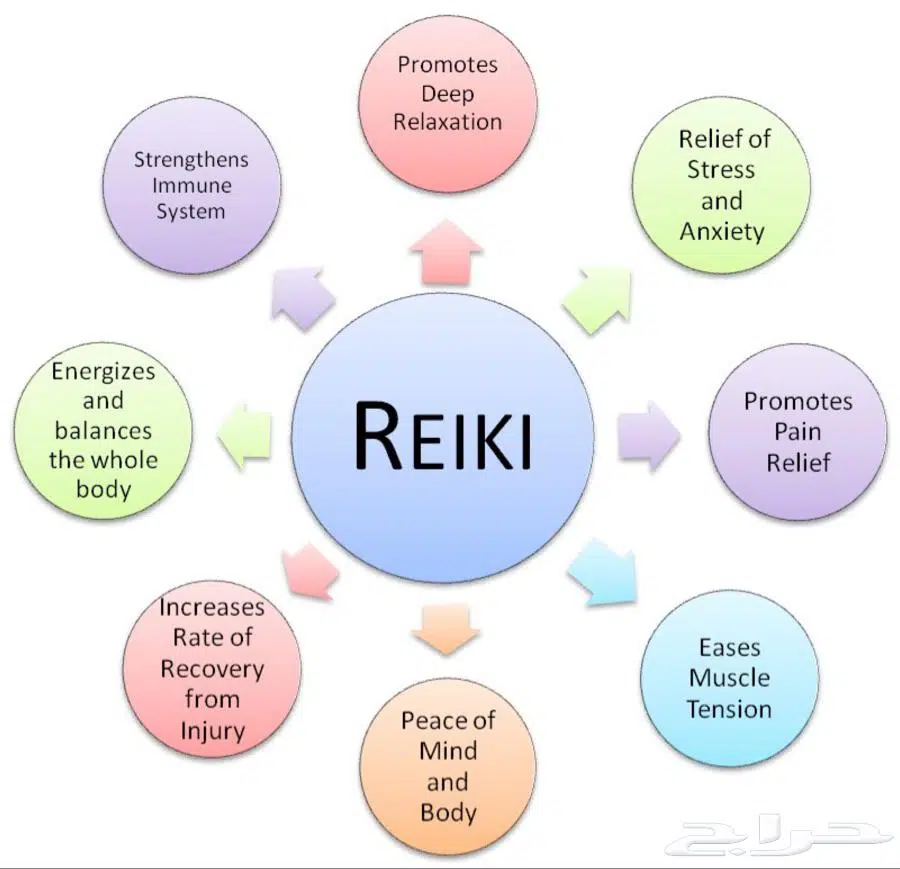
Practitioners say that Reiki aids in the body’s natural healing process. People who receive Reiki claim that this practice gives them deep relaxation and allows them to cope with problems in life.
Also, this healing technique relieves emotional stress, stimulates the immune system, and helps people develop mental and spiritual well-being.
Patients who have tried Reiki sessions claim to feel energized, enjoy good sleep, and are better able to navigate their thoughts – according to the University of Minnesota.
What Is Reiki Good For?
Reiki healing practitioners say that this alternative health approach does not directly cure illness or disease, but helps in managing symptoms.
According to studies, it is better than a placebo and has broad potential as a complementary health therapy. It helps in treating the following health conditions:
- chronic pain
- heart disease
- Infertility
- Cancer (improvement in anxiety and pain management)
- anxiety
- depression
- autism
- Crohn’s disease
- fatigue syndromes
- neurodegenerative disorders
- Insomnia, headache, tension, nausea
How is Reiki practiced?
During the session, you are instructed to comfortably lie down on a mat or a massage table in a peaceful setting with relaxing music playing in the background.
While you are covered with the blanket, the reiki massage practitioner will gently move their hands around your body using different hand positions for the head, shoulders, stomach, and other parts. The focus of a reiki therapist is on healing and giving energy to specific areas of your body.
Different hand positions in Reiki energy medicine:
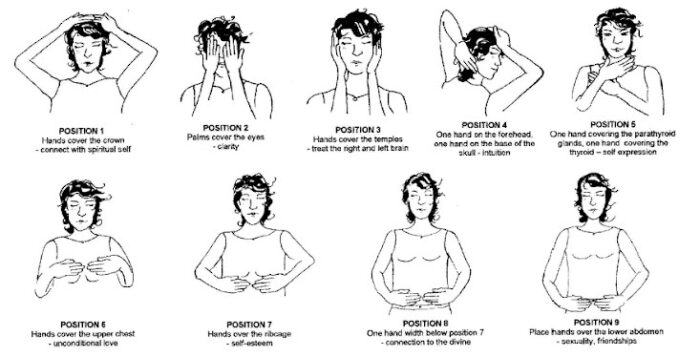
Position one:
Place the hands on top of the head, wrists near the ears, and the fingertips touching the crown of the head.
Position two:
Place the palms over the closed eyes and fingers resting on the forehead.
Position three
Hands are placed on the sides of the head, palms over the lower jaws, fingers covering the temples, and thumbs behind the ear.
Position four
Place one hand on the back of the neck, at the base of the skull, and other hand on the head just above it, parallel to it.
Position five
Place hands around the front of the throat, and rest them there gently with the heels of the hands touching in front.
Position six
Rest your palms on the upper chest as shown in the above image. You can also allow your thumbs to lightly touch your collarbones.
Alternatively, you can place your left hand on the chest covering the heart, and place the right hand above it, covering the upper part of the chest.
Position seven
Place your hands on your lower chest, with your fingertips on the lower ribs.
Position eight:
Move one hand width below position 7. Rest your hands on your upper belly, just above your navel.
Position nine:
Lastly, bring your hands to just below your navel or to your lower abdomen.
Let it rest for 5 minutes and repeat this 4-5 times, moving down a hand-width each time. The pelvic region is covered with a v-shape of the hands. The whole process is repeated at the back starting from the shoulders and ending by forming a T-shape with the hands at the base of the spine.
Read What is EFT Tapping & How It Can Help You Heal Yourself
Other Reiki Energy Healing Methods:
Reiki practitioners also use mental visualization to send healing energy to areas of your body. During a no-touch healing process, the practitioner’s hands are held just above the body. Using intuition and experience, the practitioners determine the areas of your body that needs energy healing.
Some Reiki practitioners also use crystals such as rose quartz, tourmaline, amethyst, moonstone or anything else during sessions to help patients release emotional, mental, or spiritual blocks.
There is no proper scientific evidence that shows crystals improve healing, but some patients have reported feeling calm when crystals were placed on or around the body.
You need to consult a qualified, professional Reiki practitioner and discuss the problems and health symptoms or emotional wounds you want to address. And specify your expectations from the session.
Don’t forget to mention your physical injuries or if you are uncomfortable with anything related to practice or would like to use the no-touch technique. Please know that there is no talking during the session. So, it’s better to get a clear view of the process, rules and ethics associated with it.
Read Self Healing: The 7 Most Effective Ways to Raise Your Vibration
Does Reiki Work? Scientific Evidence of Reiki’s Healing Power
When cancer patients undergoing regular treatment received 30-minute sessions of distant Reiki for 5 days they experienced less pain and anxiety when compared to the patients who only received medical care.
Similar effects of Reiki were seen in women following cesarean delivery. Post-operation, these women required fewer pain killers. However, there was no effect of this healing technique on their blood pressure and heart rate.
Some practitioners claim successful healing in patients with asthma, arthritis, trauma, and other chronic illnesses and Reiki is also reported to help patients in recovery from surgery.
One study compared the healing effects of Reiki and physiotherapy and found that both approaches are equally effective in relieving pain, but Reiki is more cost-effective and gives instant relief.
People with anxiety and depression who received 30 minutes Reiki sessions for 2-8 weeks showed improvements in their mood when compared to those who did not receive Reiki.
Some health practitioners claim that Reiki only evokes a placebo response while some argue that it is a fraudulent practice. This debate is going on for years, but the popularity of this healing technique is growing by leaps and bounds.
Maybe because it’s not harmful and people are highly likely to try things that do no harm or burn their pockets but improve overall well-being.
According to U.S. National Center for Complementary and Integrative Health, Reiki may not be useful for any health-related purpose but does not seem to have any harmful effects, if it is used alongside other treatments.
No doubt Reiki offers plenty of health benefits. But, most studies that validate the health benefits of Reiki are small and there is a need for larger studies to expand on these findings and find out if it can treat any disease or replace a doctor-approved treatment plan.
Disclaimer:
Please note no content on this site, should ever be used as a substitute for direct medical advice from your doctor or other qualified clinicians.
If you are experiencing any sort of physical or emotional pain consult a doctor and discuss if you need Reiki therapy along with a conventional treatment plan.
Those who have tried Reiki, let us know about your healing experience and reiki benefits in the comments below. And stay tuned for more blogs on health and healing.
Frequently Asked Questions:
Does Reiki help with pain?
Yes. Reiki helps with pain by permeating universal energy in our body and removing any blockage to the energy flow caused by stress, physical injury, or emotional issues.
Does Reiki help with anxiety?
Yes. Reiki is like a meditation that involved gentle touch, which helps our body relax by reducing stress and anxiety.
Why do I feel tired after receiving Reiki?
Feeling tired after a reiki session is an outcome of the body’s natural healing response as your chakras are balanced and blockages are released. It is not an adverse reaction to a reiki session.
What is reiki meditation?
Reiki meditation is a healing process that involves mantras and symbols, deep breathing, cleansing body system, chakra forces, and healing through hands; to facilitate your meditation experience. Reiki meditative energy helps you calm your mind and experience silence. You can center yourself and improve your mental and physical well-being using this age-old Japanese technique.
Is reiki real?
Yes. Reiki is an energy-healing method of channeling positive, life-giving energy. Reiki practitioners try to access your energy field or aura to identify and alleviate problems of energy flow in your body, which in turn helps in healing your body and mind.
References: Sell, S.V.L., 1996. Reiki: an ancient touch therapy. RN, 59(2), pp.57-60. Engebretson, J. and Wardell, D.W., 2002. Experience of a Reiki session. Alternative Therapies in Health and Medicine, 8(2), p.48. Mackay, N., Hansen, S. and McFarlane, O., 2004. Autonomic nervous system changes during Reiki treatment: a preliminary study. Journal of Alternative & Complementary Medicine, 10(6), pp.1077-1081. VanderVaart, S., Gijsen, V.M., de Wildt, S.N. and Koren, G., 2009. A systematic review of the therapeutic effects of Reiki. the Journal of alternative and complementary medicine, 15(11), pp.1157-1169. Joyce, J. and Herbison, G.P., 2015. Reiki for depression and anxiety. Cochrane Database of Systematic Reviews, (4). Doğan, M.D., 2018. The effect of reiki on pain: a meta-analysis. Complementary therapies in clinical practice, 31, pp.384-387.
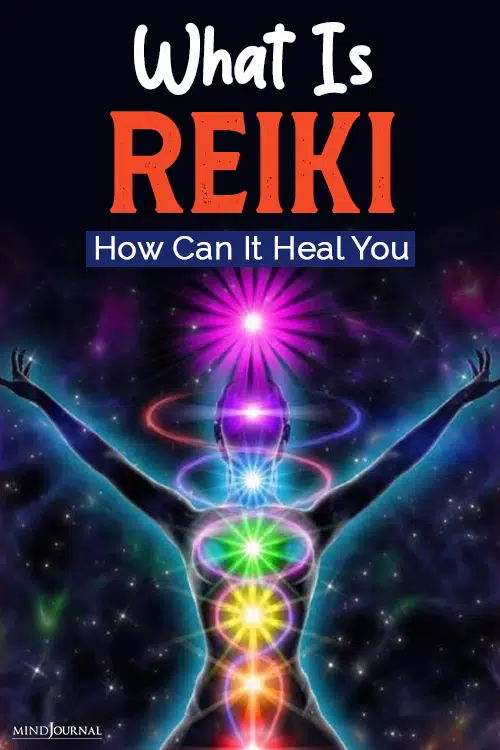
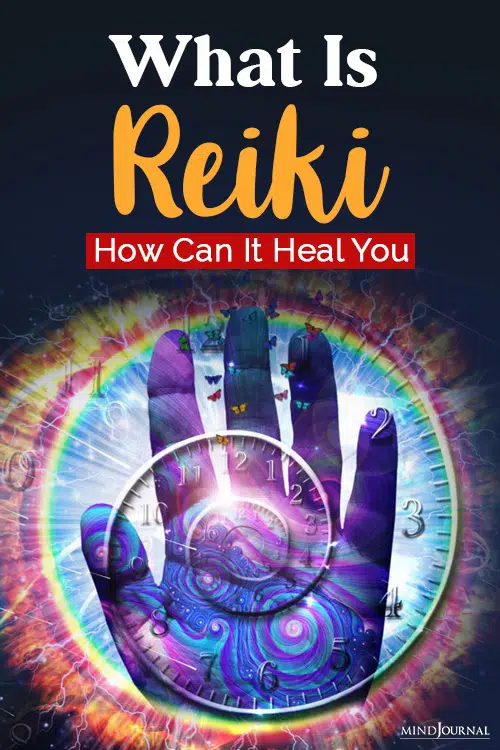
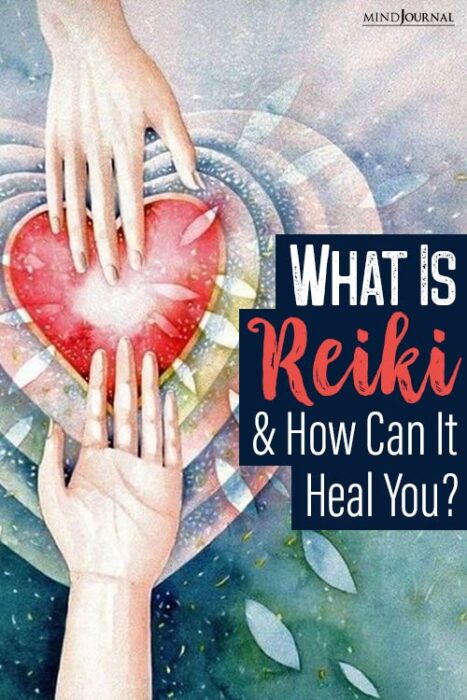
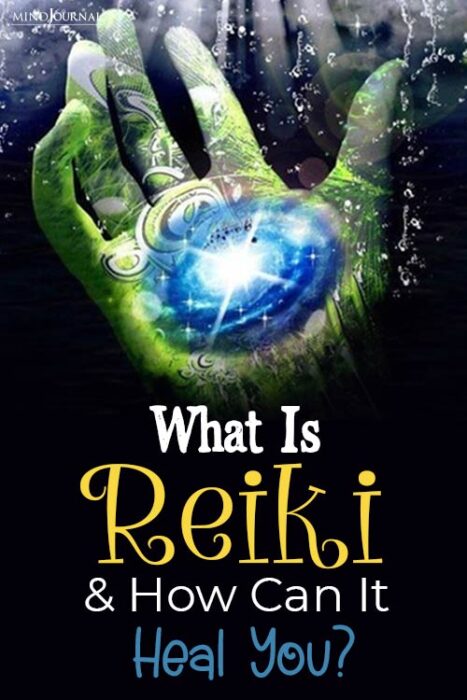
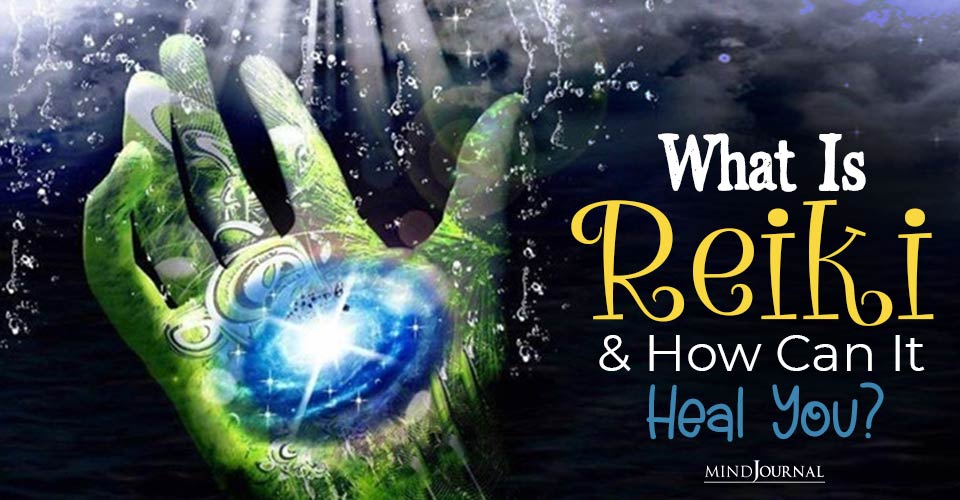
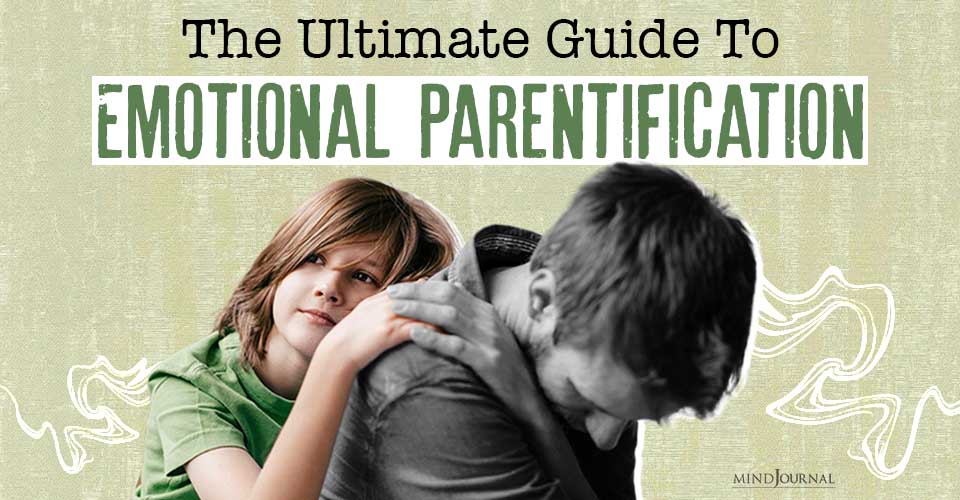

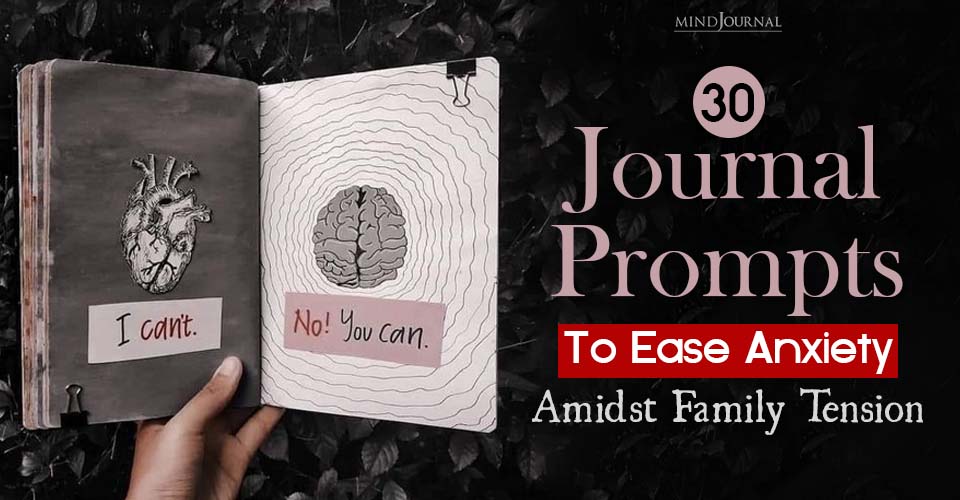
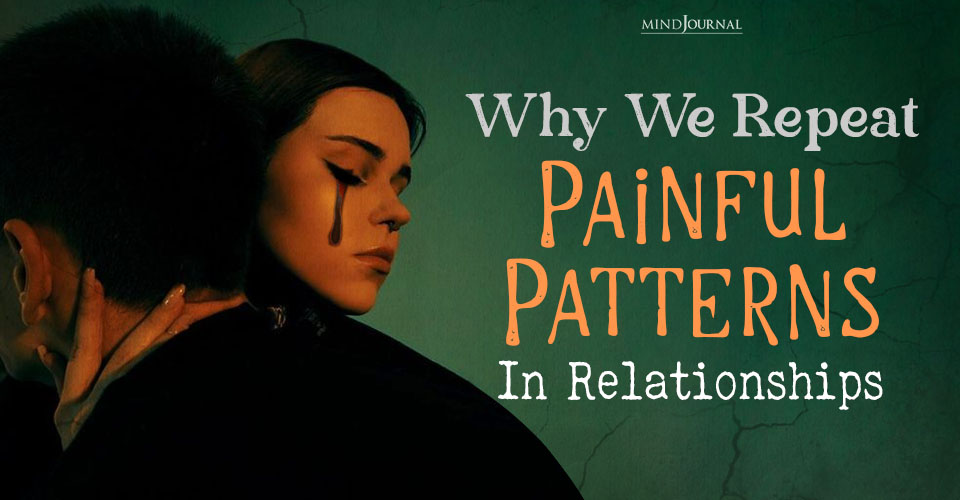
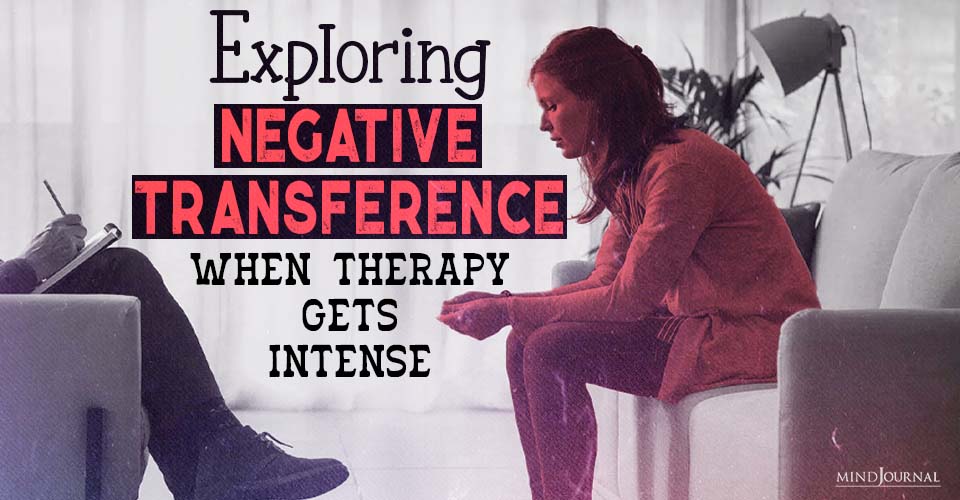
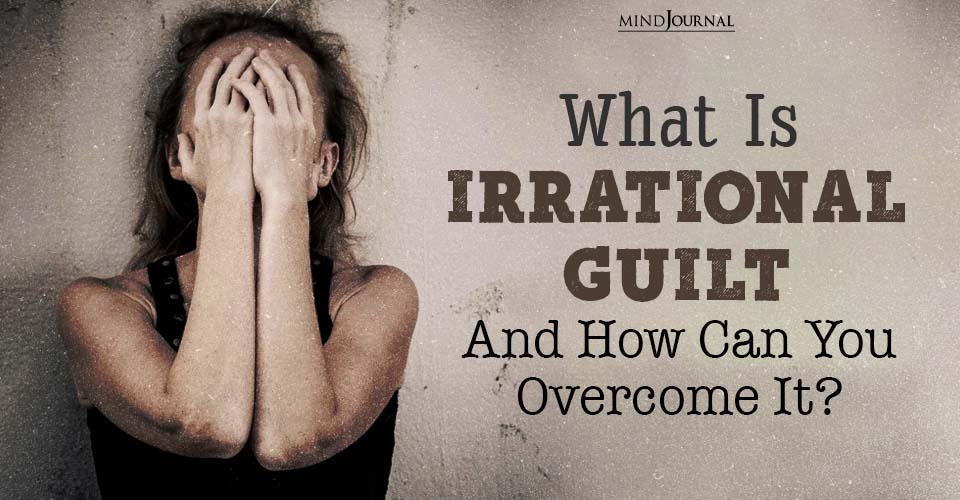

Leave a Reply
You must be logged in to post a comment.